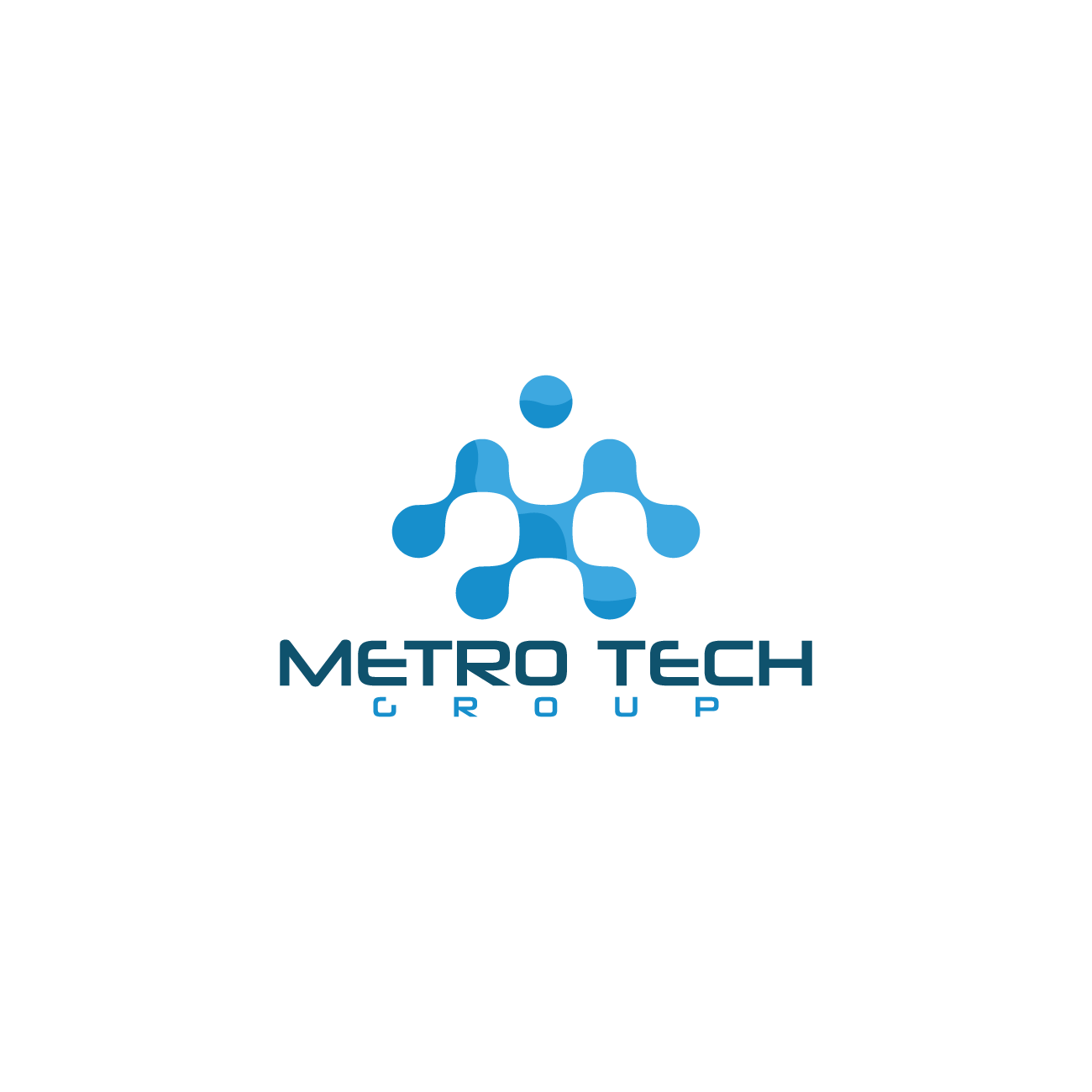The Top 9 Benefits of Secure Access Service Edge for Remote Workforces
In today's digital age, remote work is no longer just a perk, it's a necessity. As companies worldwide adapt to this shift, the security and efficiency of their networks are top priorities. Enter Secure Access Service Edge (SASE), a revolutionary approach combining comprehensive security with peak performance to support the modern workforce. Let's dive into how SASE is changing the remote work game.
1. Enhanced Security at the Edge
One of the standout features of Secure Access Service Edge is its ability to enhance security right at the network edge. With SASE, organizations can ensure that their remote workers access applications and data securely, no matter where they are. This model integrates advanced security measures such as intrusion prevention, malware detection, and data encryption seamlessly into the network, significantly reducing the risk of cyber threats and data breaches.
This approach not only bolsters security but also simplifies it. SASE converges security functions into a single, unified framework, eliminating the complexity and clutter of managing multiple disparate security tools. It's a game-changer for industries where data privacy and security are paramount, offering peace of mind in an increasingly tumultuous digital terrain.
2. Simplified Connectivity and Access
Secure Access Service Edge excels at streamlining connectivity and access for remote teams, making it easier than ever to log in and get to work from any location. SASE blends network and security solutions into a cloud-delivered service that provides consistent, high-performance access to applications, regardless of a user's location or the resources they're accessing. This not only solves the challenge of secure connectivity but also enhances user experience dramatically.
3. Improved Performance for Cloud Applications
With the rise of cloud computing, remote workforces increasingly rely on cloud applications for their day-to-day tasks. SASE is designed to optimize the performance of these applications by leveraging a global cloud network that reduces latency and improves speed. This architecture ensures that remote employees can work as effectively as their counterparts in the office, with quick and reliable access to cloud resources.
This capability is particularly vital for organizations that use bandwidth-intensive applications, as SASE dynamically allocates network resources to prioritize critical applications. The result? A smoother, more responsive experience for all users.
4. Cost Reduction through Cloud Integration
By integrating both networking and security functionalities into a single cloud-based service, SASE not only simplifies management but also significantly reduces costs. Organizations can avoid the capital expenditures associated with traditional hardware-based solutions and enjoy the flexibility of a scalable, subscription-based service. The consolidation of services further decreases the operational costs and complexity, making SASE an economically attractive option for businesses of all sizes.
5. Scalable and Flexible Network Solutions
The flexibility and scalability of Secure Access Service Edge are among its biggest advantages. As businesses grow and their needs change, SASE can easily scale to accommodate new users, devices, and applications without the need for major infrastructure overhauls. This adaptability is crucial for companies in fast-moving industries, providing the agility to respond to new opportunities and challenges swiftly.
6. Consolidated Network Security Functions
SASE represents a consolidation of network security functions, offering a streamlined approach to protecting an organization's data and resources. This consolidation allows businesses to replace a stack of single-purpose security devices with a unified platform, reducing complexity and improving security posture. It centralizes the management of security policies, making it easier to enforce comprehensive security measures across the entire network.
7. Zero Trust Network Access for Users
At the heart of SASE's security philosophy is the principle of Zero Trust, which assumes no user or device is trustworthy until proven otherwise. This approach verifies the identity of users and the integrity of their devices before granting access, minimizing the risk of unauthorized access and lateral movement within the network. Zero Trust is especially beneficial for remote work environments, where users connect from various, potentially unsecured networks.
8. Seamless Integration with Existing Infrastructure
Adopting new technologies can often be daunting, but SASE is designed for seamless integration with existing infrastructures. Its cloud-native architecture allows for straightforward deployment alongside legacy systems, ensuring businesses can transition to SASE at their own pace without disrupting current operations. This compatibility eases the migration process, allowing organizations to gradually adopt SASE features and benefits.
9. Increased Visibility and Control Over Traffic
Finally, Secure Access Service Edge provides organizations with unprecedented visibility and control over their network traffic. The SASE model delivers detailed insights into user activities, application usage, and potential security threats, all through a single pane of glass. This enhanced visibility enables IT teams to make informed decisions about network management and security, ensuring the optimal performance and protection of their remote workforce.

